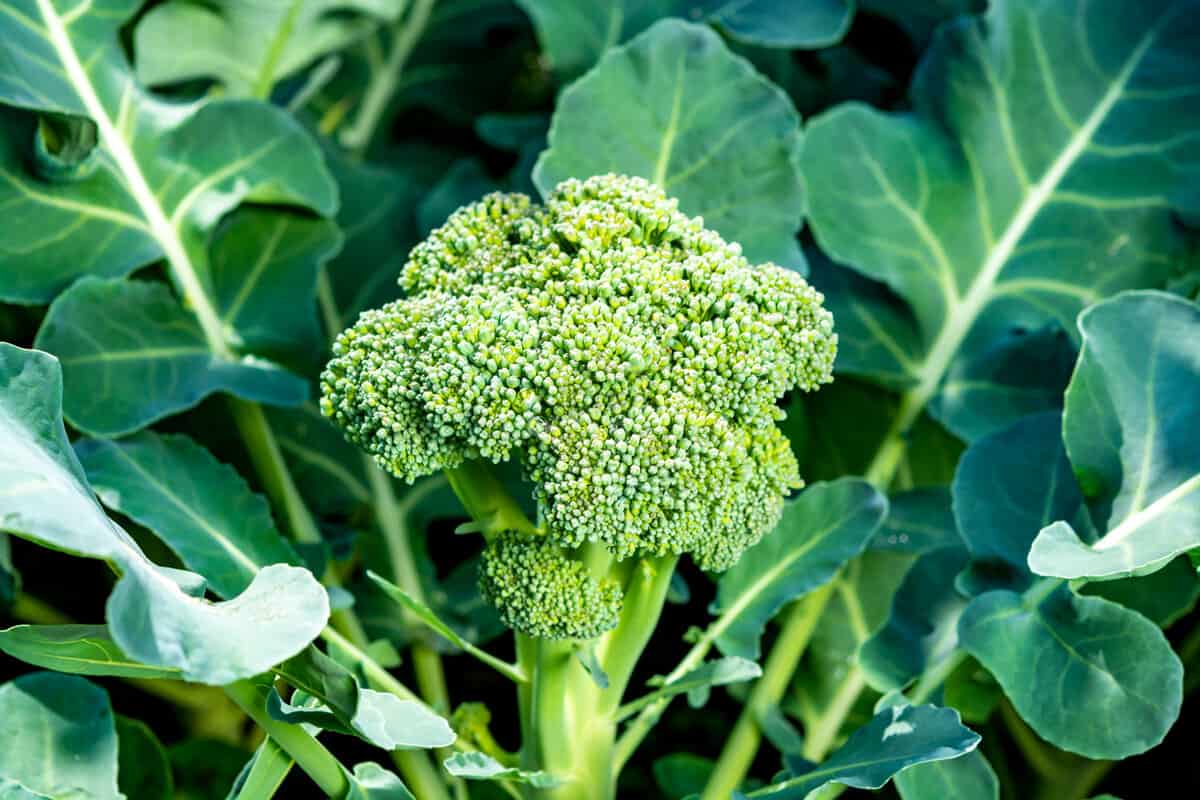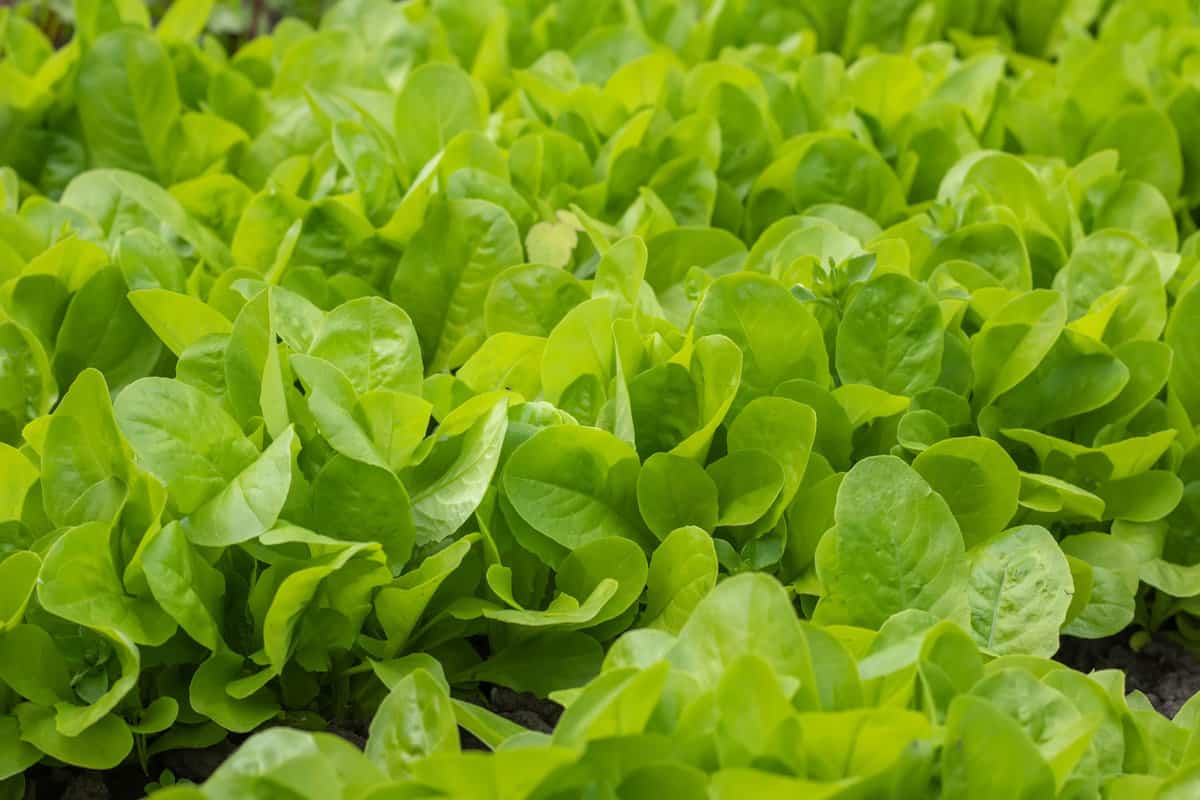Have you ever wondered how certain vegetables are related to each other?
You might be surprised to learn that lettuce and cabbage belong to different plant families!
Lettuce is part of the Asteraceae family, which includes other leafy greens like artichokes, chicory, and dandelions.
On the other hand, cabbage belongs to the Brassicaceae family, which provides for cruciferous vegetables like kale, broccoli, and cauliflower.

Despite their similarities, lettuce and broccoli have distinct taste, texture, and nutritional value differences.
While lettuce is often eaten raw in salads, broccoli is usually cooked and served as a side dish.
Broccoli is known for its high levels of vitamins C and K, while lettuce is a good source of vitamin A and potassium.
Understanding the relationship between these two vegetables can help you make informed choices about incorporating them into your diet.
Lettuce
Lettuce is a leafy vegetable that is commonly used in salads and sandwiches. It is a member of the daisy family, Asteraceae, and is native to the Mediterranean region.

Lettuce is a cool-season crop grown in many parts of the world. It is available in various colors, including green, red, and purple, and different shapes and sizes, from small and round to long and frilly.
Origin of Lettuce
Lettuce has been cultivated for thousands of years, and its origins can be traced back to ancient Egypt and Greece.
The ancient Egyptians used lettuce as food and an offering to the gods. The Greeks believed lettuce had medicinal properties and used it to treat ailments.
Nutritional Value of Lettuce
Lettuce is low in calories and high in nutrients. It is an excellent source of vitamins A and C and a good source of folate and potassium.
It is also a good source of fiber and contains small amounts of other vitamins and minerals. Lettuce is an excellent choice for those looking to add more vegetables to their diet.
Related: Difference Between Arugula and Lettuce: A Quick Guide
Broccoli
Broccoli is a green vegetable that belongs to the cabbage family. It is known for its dense clusters of tiny flower buds commonly eaten as a vegetable.
Broccoli belongs to the Brassicaceae family, also known as the mustard family or cruciferous family.
Origin of Broccoli
Broccoli has been around for over 2,000 years and is believed to have originated in Italy.
It was first cultivated in ancient Rome and later introduced to other parts of Europe and the United States.
Nutritional Value of Broccoli
Broccoli is a nutrient-dense vegetable that is low in calories but high in vitamins and minerals.
Broccoli is a nutrient-rich vegetable with vitamins C and K, fiber, folate, and potassium.
These nutrients are important for immune function, skin health, blood clotting, bone health, digestive health, cell growth and development, heart health, and blood pressure regulation.
Review this table comparing the similarities and differences between lettuce and broccoli:
| Feature | Lettuce | Broccoli |
|---|---|---|
| Appearance | Green leaves with a crunchy texture | Green florets with a dense texture |
| Nutrients | Low in calories, high in vitamin K and A | High in vitamin C and K, fiber, folate, and potassium |
| Health benefits | Promotes hydration, supports eye health | He prefers cool weather and fertile, well-drained soil |
| Culinary uses | Used in salads, sandwiches, and wraps | Steamed, roasted, or stir-fried as a side dish or added to soups and stews |
| Flavor | Mild, slightly bitter taste | Nutty, slightly sweet taste |
| Origin | Cultivated for thousands of years in ancient Egypt | Originated in Italy and was introduced to the US in the 1700s |
| Growing conditions | Prefers cooler temperatures and well-drained soil | Prefers cool weather and fertile, well-drained soil |
| Common varieties | Romaine, iceberg, arugula, spinach | Calabrese, sprouting, purple, Romanesco |
| Seasonality | Grown year-round in temperate climates | Grown in the cooler months in temperate climates |
| Storage and shelf life | Store in the refrigerator for up to a week | Store in the fridge for up to a week or freeze for later use |
Potential Risks to Remember
While lettuce and broccoli are generally safe to eat, there are some potential risks. For example, lettuce has been known to be contaminated with harmful bacteria like E. coli and salmonella.
To reduce the risk of infection, it's essential to wash your lettuce thoroughly before eating it.
Broccoli can also cause some digestive issues for certain people. The high fiber content in broccoli can lead to bloating, gas, and other discomforts.
If you experience these symptoms after eating broccoli, try cooking it before consuming it or reducing your portion size.
Culinary Uses
Lettuce and broccoli are two vegetables often used in different cooking methods. Here are some ideas on how to use them in your meals.
How to Use Lettuce in Cooking
Lettuce is most commonly used in salads but can also be used in various other dishes. Here are some ways to use lettuce in your cooking:
- Soup: Add shredded lettuce to your soup for a refreshing crunch and sweet flavor.
- Wraps: Use lettuce leaves instead of tortillas or bread to make wraps.
- Tacos: Use lettuce leaves as taco shells for a healthier option.
- Stir-fry: Add lettuce towards the end of cooking for a quick wilted green.
- Sandwiches: Use lettuce leaves as a bed for your sandwich fillings.
How to Use Broccoli in Cooking
Broccoli is a versatile vegetable that can be used in many different ways. Here are some ideas:
- Roasted: Toss broccoli florets with olive oil and roast in the oven for a crispy texture.
- Stir-fry: Broccoli is an excellent addition to stir-fry dishes.
- Soup: Puree-cooked broccoli with broth for a creamy soup.
- Salad: Add raw broccoli florets to your salad for a crunchy texture.
- Pasta: Toss cooked broccoli with pasta and your favorite sauce.
Related Posts:
Final Thoughts
So, while lettuce and broccoli may look similar due to their green color and leafy appearance, they are not closely related.
They belong to different plant families and genera, with lettuce being part of the Asteraceae and Lactuca genus. At the same time, broccoli is a member of the Brassicaceae family and Brassica genus.
